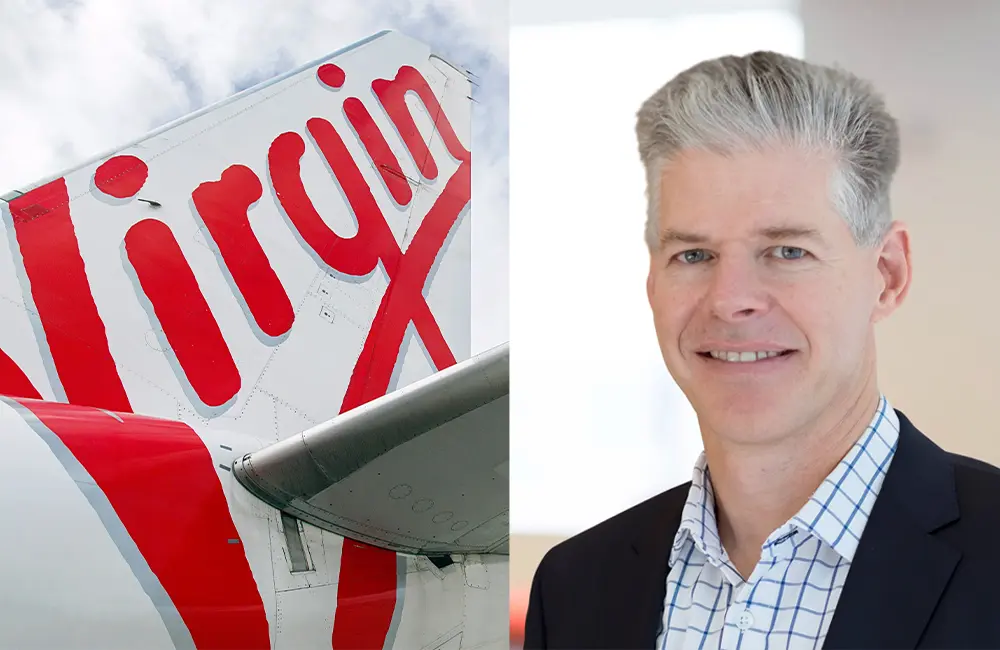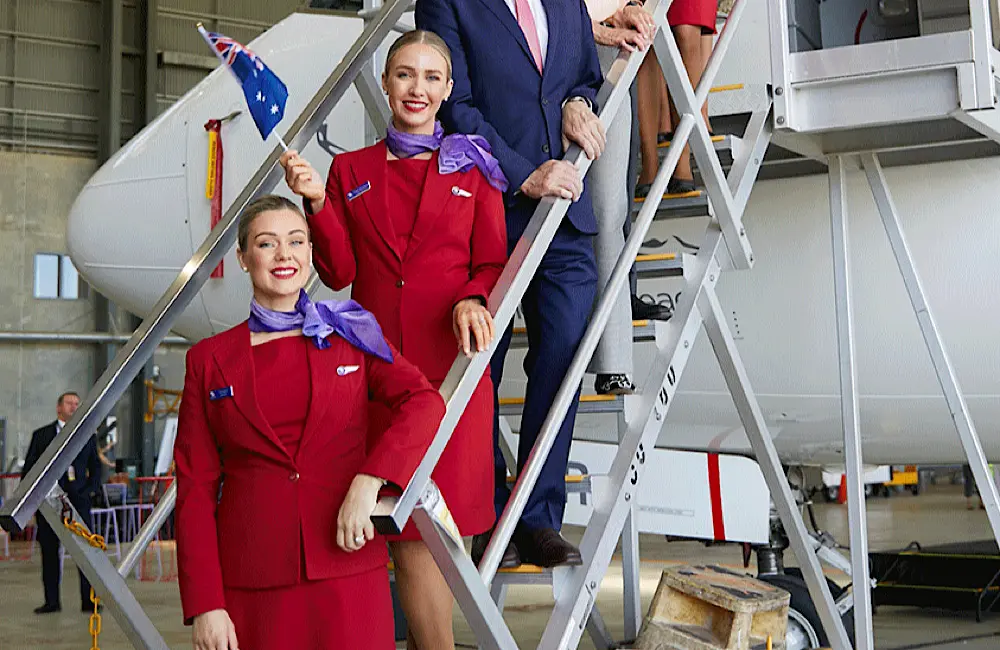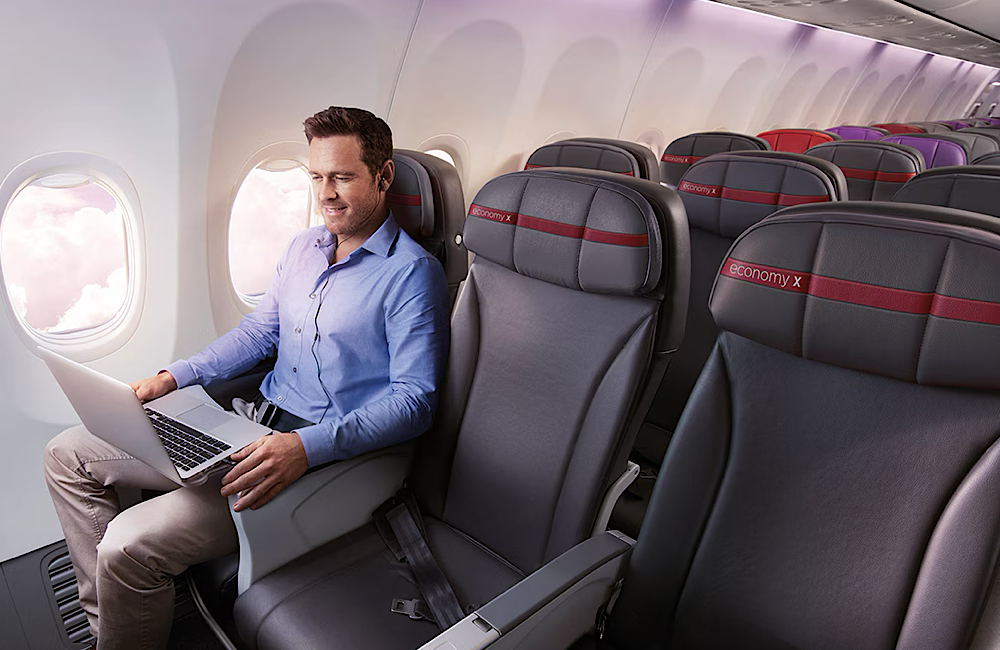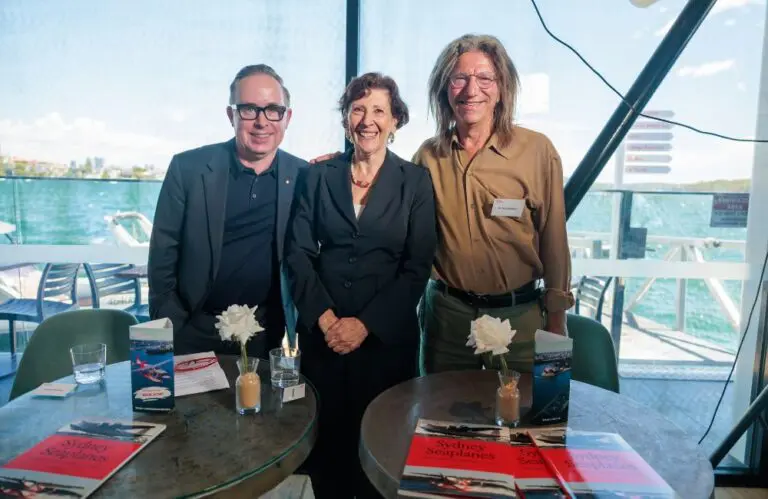Virgin Australia has posted a strong bottom line for FY25, reporting pro forma underlying Net Profit After Tax (NPAT) of $331 million, a jump of 27.8 per cent on last year.
The airline group said the result, for the 12 months to 30 June 2025, was fuelled by growth across both its core airlines division and its Velocity loyalty arm.
The FY25 performance was underpinned by momentum from the company’s multi-year Transformation Program, which aims to streamline operations and boost efficiency, says Virgin. Together with lower fuel costs, these initiatives helped lift earnings despite ongoing inflationary pressures.
“In FY25, Virgin Australia achieved strong Underlying earnings growth, relaunched long-haul services, advanced our Transformation Program, and lifted operational performance – all while delivering exceptional experiences for our guests,” Virgin Australia CEO and Managing Director, Dave Emerson said.

“We strengthened our partnership with Qatar Airways Group and returned to public ownership through a successful IPO, a strong endorsement of our clear strategy and market position.”
Virgin Australia Chief Financial Officer, Race Strauss added that, “Importantly, all key financial metrics included in the Prospectus were met or exceeded”.
“The Group’s strong financial performance and further expansion of our EBIT Margin in FY25 reflect the continued progress of the Transformation Program, our disciplined approach to investments and operational improvements,” he stated.
Airlines lead charge
Virgin’s airline business delivered the bulk of the growth, recording Underlying Earnings Before Interest and Tax (EBIT) of $535 million, $143 million higher than FY24, representing a 36.4 per cent rise yearly.
According to the group, strong load factors, growth in ancillary revenue, and a healthier passenger mix contributed to the improvement.
Passenger numbers also climbed, with Virgin carrying 20.7 million travellers in FY25 compared with 19.2 million the year before.
Revenue per Available Seat Kilometre (RASK), a key industry performance measure, rose by 4 per cent across the year, while Cost per Available Seat Kilometre (CASK) increased by 1.8 per cent, largely due to higher maintenance and airport charges, though this was partly offset by cheaper fuel.
Points power

Virgin’s loyalty business also pulled its weight. Velocity reported double-digit revenue growth, translating into an Underlying EBIT of $127 million. Compared to FY24, that’s an increase of $12 million, or 10.5 per cent.
The frequent flyer program added to its active membership base, which rose by 12 per cent.
At the same time, external billings were up 14 per cent, a reflection of stronger member engagement and spending.
Velocity also widened its partner network, including new consumer brands and financial services products. Virgin said this helped maintain stable margins, with the segment delivering an EBIT margin of just over 28 per cent.
Fleet focus
While earnings dominated the headline numbers, Virgin continued investing in its fleet.
One Boeing 737-8 Max aircraft arrived in FY25, adding to the six delivered the previous year. The airline expects delivery of 13 more Max aircraft in FY26, leading to a net fleet increase of three after factoring in retirements and returns.
At the end of FY25, Virgin operated 104 aircraft plus 11 domestic wet lease lines. The average age of its fleet stood at 13.4 years, with the 737s slightly younger at 12.6 years.
VA noted the new deliveries will help refresh the fleet, boost fuel efficiency and improve the customer experience.
Air flair

Virgin’s operations also ran more smoothly in FY25.
On-time performance across the full year improved to 76.8 per cent, up more than seven percentage points on FY24. Completion rates also rose, hitting 98.4 per cent.
Results were even stronger in the second half of FY25, when Virgin led its mainline domestic rivals with an on-time performance rate of 82.1 per cent and a completion rate of 98.1 per cent.
Customer satisfaction moved higher too, with Virgin’s Strategic Net Promoter Score climbing four points to 27.
“Our unwavering focus on customer service saw Virgin Australia named the World’s Best Cabin Crew for the seventh consecutive year, along with being awarded Best Regional Airline in Australia/Pacific and Best Airline Staff Service in Australia/Pacific by Skytrax,” Emerson said.
Virgin’s vision
Looking to FY26, Virgin expects further gains in both revenue and profit.
The group cited strong travel demand, the continuing rollout of its Transformation Program, and ongoing growth in Velocity as key drivers.
Available seat capacity is forecast to match demand growth, while the fleet will be boosted with new 737 Max and Embraer E190-E2 deliveries.
RASK is expected to grow by between 3 and 5 per cent in the first half of FY26.
According to the airline, the Transformation Program should deliver another $400 million in gross benefits during FY26.
“This weekend we celebrate 25 years of Virgin Australia. We have come a long way since our days as an irreverent start-up that shook up Australian aviation, but one thing remains the same – our people, and their care, passion, and Virgin Flair,” Emerson remarked.
For more information on Virgin Australia, click here.





